Dihydroresveratrol
- CAS NO.:58436-28-5
- Empirical Formula: C14H14O3
- Molecular Weight: 230.26
- MDL number: MFCD25973128
- SAFETY DATA SHEET (SDS)
- Update Date: 2024-11-19 20:33:22
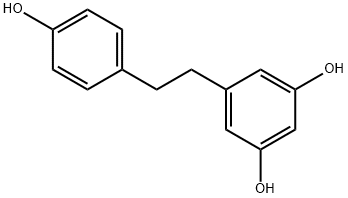
What is Dihydroresveratrol?
Description
Dihydroresveratrol (58436-28-5) is a metabolite of resveratrol produced by gut microbiota.1-3?Glucoronide conjugates are found in human urine after oral intake of resveratrol-containing dietary supplements.4?Dihydroresveratrol glucoside is a potent melanogenesis inhibitor in B16F0 melanoma cells.5?Inactive analog of resveratrol in induction of premature senescence.6
The Uses of Dihydroresveratrol
Dihydroresveratrol is a natural phytoestrogen.
The Uses of Dihydroresveratrol
Dihydroresveratrol is a major metabolite of resveratrol that is produced by animal-associated bacteria, including the gut microbiota. Dihydroresveratrol and dihydroresveratrol monosulfate are detectable in urine. The physiological effects of dihydroresveratrol have not been investigated.
Definition
ChEBI: Dihydroresveratrol is a stilbenol that is 1,1'-ethane-1,2-diyldibenzene with hydroxy groups at positions 1, 3 and 4'. It has a role as a xenobiotic metabolite and a plant metabolite.
What are the applications of Application
a, b-Dihydroresveratrol is a natural phytoestrogen
References
1) Jung?et al.?(2009),?Interaction of dietary resveratrol with animal-associated bacteria; FEMS Microbiol. Lett.,?297?266 2) Bode?et al.?(2013),?In vivo and in vitro metabolism of trans-resveratrol by human gut microbiota; Am. J. Clin. Nutr.,?97?295 3) Jarosova?et al.?(2019),?Metabolism of Stilbenoids by Human Faecal Microbiota; Molecules,?24?E1155 4) Radco?et al.?(2013),?Semi-preparative isolation of dihydroresveratrol-3-O-?-d-glucuronide and four resveratrol conjugates from human urine after oral intake of a resveratrol-containing dietary supplement; J. Chromatogr. B Analyt. Technol. Biomed. Life Sci., 930?54 5) Oode?et al.?(2014),?Synthesis of dihydroresveratrol glycosides and evaluation of their activity against melanogenesis in B16F0 melanoma cells; Eur. J. Med. Chem.,?87?862 6) Faragher?et al.?(2011),?Resveratrol, but not dihydroresveratrol, induces premature senescence in primary human fibroblasts; Age (Dordr.),?33?555
Properties of Dihydroresveratrol
| Melting point: | 155-157°C |
| Boiling point: | 430.3±14.0 °C(Predicted) |
| Density | 1.291±0.06 g/cm3(Predicted) |
| storage temp. | Sealed in dry,Room Temperature |
| solubility | Soluble in DMSO (up to 40 mg/ml) or in Ethanol (up to 30 mg/ml). |
| form | solid |
| pka | 9.51±0.10(Predicted) |
| color | Off-white |
| Stability: | Stable for 2 years from date of purchase as supplied. Solutions in DMSO or ethanol may be stored at -20° for up to 1 month. |
Safety information for Dihydroresveratrol
Computed Descriptors for Dihydroresveratrol
New Products
Tert-butyl bis(2-chloroethyl)carbamate (S)-3-Aminobutanenitrile hydrochloride N-Boc-D-alaninol N-BOC-D/L-ALANINOL N-octanoyl benzotriazole 4-Hydrazinobenzoic acid 3,4-Dibenzyloxybenzaldehyde 1,1’-CARBONYLDIIMIDAZOLE R-2-BENZYLOXY PROPIONIC ACID 1,1’-CARBONYLDI (1,2-4 TRIAZOLE) 4-HYDROXY BENZYL ALCOHOL 3-NITRO-2-METHYL ANILINE (2-Hydroxyphenyl)acetonitrile 4-Bromopyrazole 5-BROMO-2CYANO PYRIDINE 5,6-Dimethoxyindanone 5-broMo-2-chloro-N-cyclopentylpyriMidin-4-aMine 4-methoxy-3,5-dinitropyridine 2-(Cyanocyclohexyl)acetic acid 2-aminopropyl benzoate hydrochloride 1-(4-(aminomethyl)benzyl)urea hydrochloride tert-butyl 4- (ureidomethyl)benzylcarbamate diethyl 2-(2-((tertbutoxycarbonyl)amino) ethyl)malonate Ethyl-2-chloro((4-methoxyphenyl)hydrazono)acetateRelated products of tetrahydrofuran
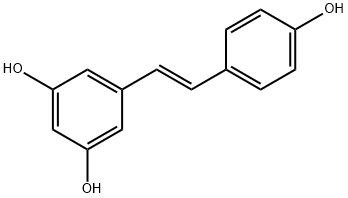
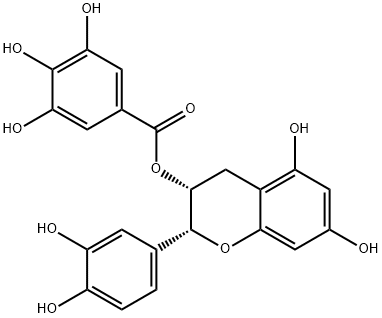
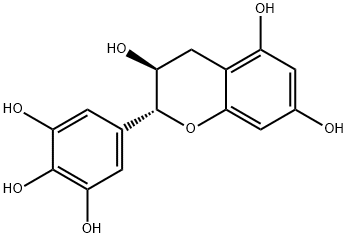
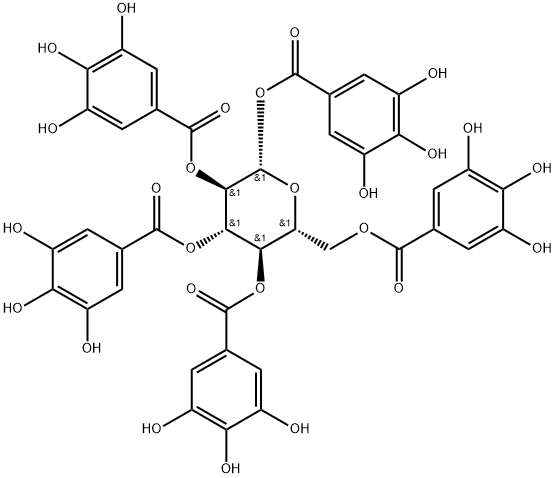
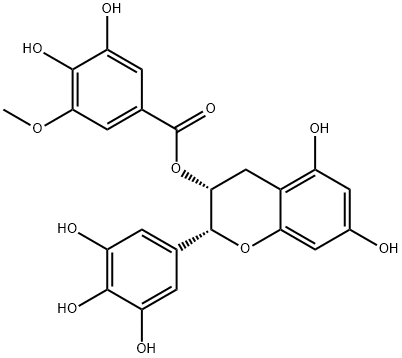
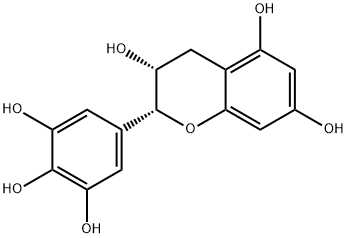
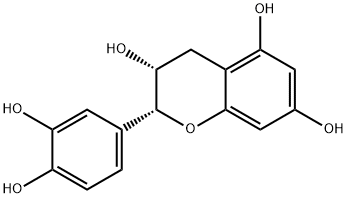
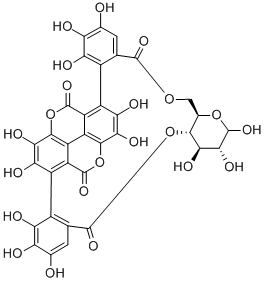
You may like
-
 Dihydroresveratrol 98% (HPLC) CAS 58436-28-5View Details
Dihydroresveratrol 98% (HPLC) CAS 58436-28-5View Details
58436-28-5 -
 Dihydroresveratrol CAS 58436-28-5View Details
Dihydroresveratrol CAS 58436-28-5View Details
58436-28-5 -
 55441-95-7 99%View Details
55441-95-7 99%View Details
55441-95-7 -
 N-Vinylformamide 99%View Details
N-Vinylformamide 99%View Details
13162-05-5 -
 Chloro Uracil 1820-81-1 99%View Details
Chloro Uracil 1820-81-1 99%View Details
1820-81-1 -
 2-ethyl-6-methyl-3-hydroxypyridine succinate 99%View Details
2-ethyl-6-methyl-3-hydroxypyridine succinate 99%View Details
127464-43-1 -
 2-ETHYLPYRIDINE 100-71-0 99%View Details
2-ETHYLPYRIDINE 100-71-0 99%View Details
100-71-0 -
 181228-33-1 (S)-Methyl 3-amino-2-((tert-butoxycarbonyl)amino)propanote Hydrochloride (DAP-OMe. HCl) 99%View Details
181228-33-1 (S)-Methyl 3-amino-2-((tert-butoxycarbonyl)amino)propanote Hydrochloride (DAP-OMe. HCl) 99%View Details
181228-33-1